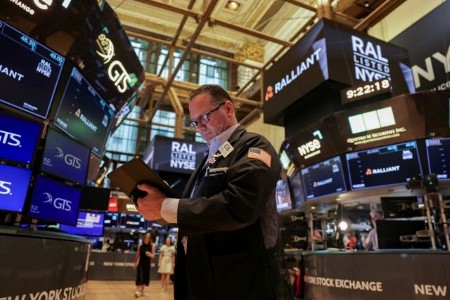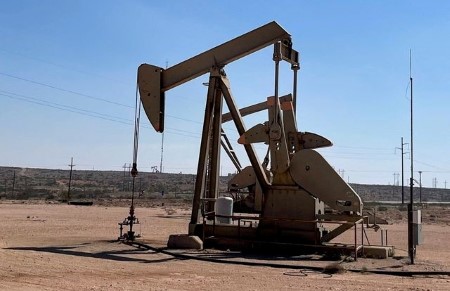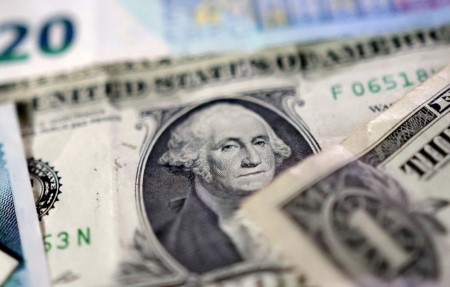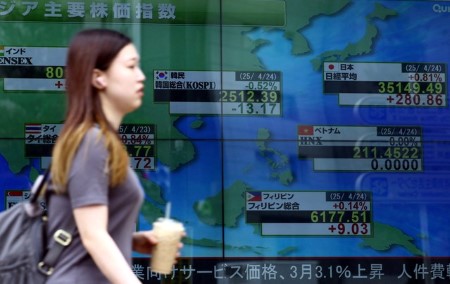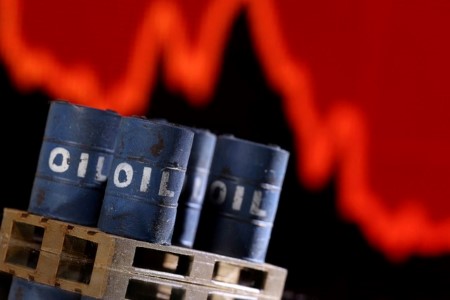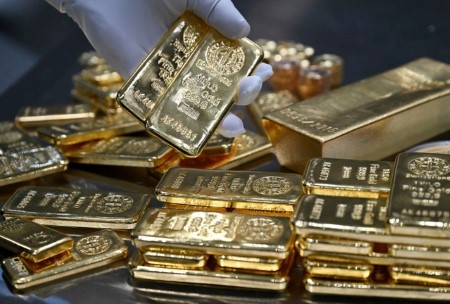NEW YORK – Wall Street rallied on Thursday to record closing highs, as chipmaker Nvidia rose closer to a USD 4 trillion valuation and a surprisingly strong US jobs report cheered investors, who shrugged off dimming chances for an interest rate cut this month.
The S&P 500 and Nasdaq closed at record highs, notching a third week of gains. The Dow closed up 0.77%, only 0.41% away from its own record.
Chipmaker Nvidia rose 1.3%, putting its market capitalization at USD 3.89 trillion. The company is close to overtaking Apple’s all-time record and becoming the world’s most valuable company in history.
Trading volume was light in a shorter session on the eve of Friday’s US Independence Day holiday.
“We are seeing a real bout of irrational exuberance; the stock market is very biased towards optimism,” said Kristina Hooper, Chief Market Strategist at Man Group in New York.
“But there’s some basis for it. I think there is some level of relief because the jobs report was not as weak as it could have been.”
The rally has been fueled by retail investors, who are largely ignoring the inflationary pressure on the horizon, uncertainty around tariffs and “are focused on the tangible, which is today’s jobs report,” she said.
The S&P 500 gained 51.94 points, or 0.83%, to 6,279.36 and the Nasdaq Composite gained 207.97 points, or 1.02%, to 20,601.10. The Dow Jones Industrial Average rose 344.11 points, or 0.77%, to 44,828.53.
Data showed nonfarm payrolls increased by 147,000 jobs last month, 33% more than the 110,000 jobs forecasted by economists polled by Reuters. Unemployment fell to 4.1% last month, a better result than the 4.3% expected.
Traders quickly priced out chances of an interest-rate cut in July, with the odds of a 25-basis-point reduction in September at 68%, according to CME Group’s Fedwatch tool, down from 74% a week ago.
After markets closed, Republicans in the US House of Representatives approved President Donald Trump’s massive tax-cut and spending bill, an expected outcome.
The legislation will add USD 3.4 trillion to the nation’s USD 36.2 trillion debt, according to the nonpartisan Congressional Budget Office, and will also push millions of Americans off health insurance.
Large tax cuts and increased government spending can boost demand in the economy. This can add inflationary pressure, especially when the economy shows signs of strength, such as the latest jobs report.
“Some data points, like the jobs report, are positive and charming. But if we just take a step back, the picture is not that great,” said Alex Morris, CEO of F/m Investments, which manages USD 18 billion in Washington, D.C.
For the week, the S&P 500 gained 1.72%, the Nasdaq rose 1.62%, and the Dow climbed 2.3%. The Russell 2000 Small Cap index rose 3.41%.
“It’s kind of perplexing,” Morris said. “This feels like that last bull rush before all of the data really comes together.”
Tripadvisor climbed 16.7% after the Wall Street Journal reported activist investor Starboard Value had built a stake of more than 9% in the online travel company.
Datadog jumped 14.9% after the cloud security firm was set to replace Juniper Networks on the S&P 500.
Markets closed at 1 p.m. ET. Trading volume on US exchanges was 10.85 billion shares, much lighter than the 17.82 billion average for the full session over the last 20 trading days.
(Reporting by Sabrina Valle In New York, Sruthi Shankar in Bengaluru; Editing by Pooja Desai and David Gregorio)






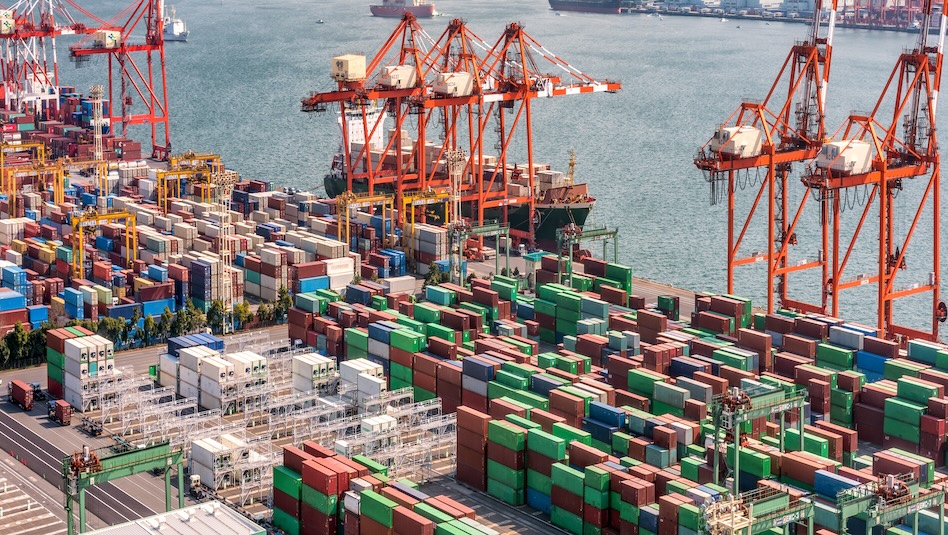
 DOWNLOAD
DOWNLOAD




